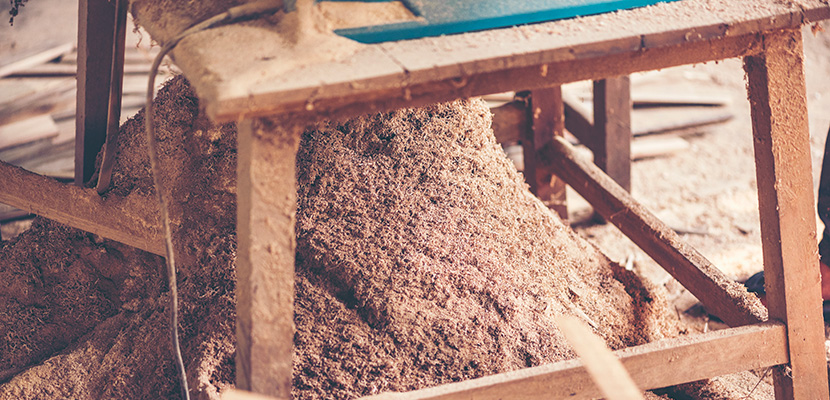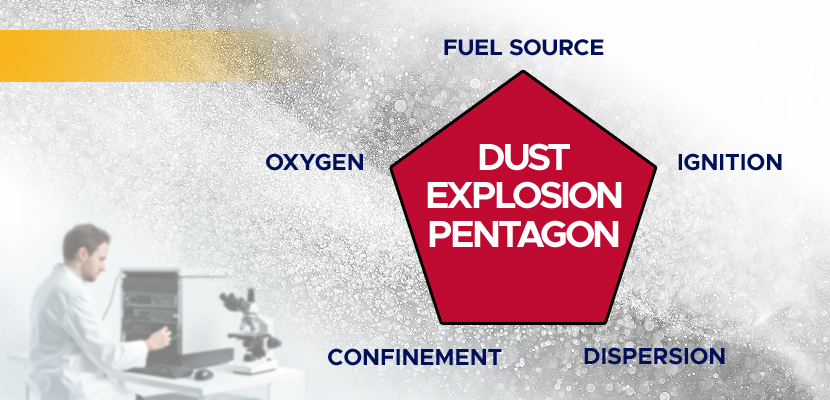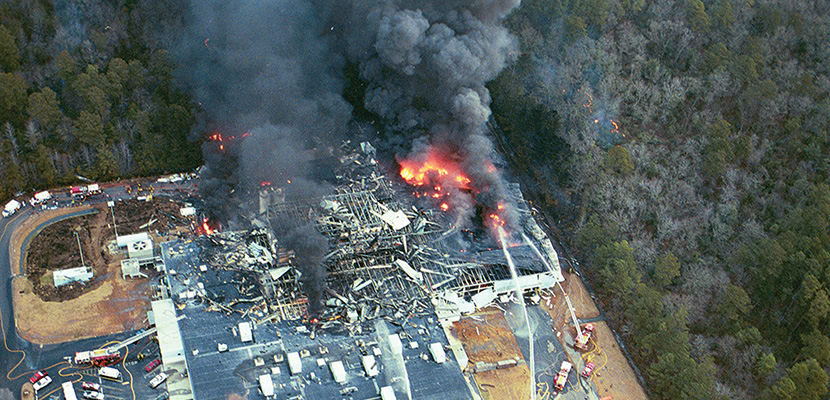Woodworking Applications and NFPA 660 Compliance: Mitigating Combustible Dust Risks
Woodworking is an essential industry spanning furniture manufacturing, cabinetry, flooring, and millwork production. Common woodworking processes such as cutting, planing, jointing, routing, and sanding generate fine wood dust—a highly combustible material. Without proper controls, airborne and settled dust can accumulate, creating an environment where fires and explosions pose significant risks.
To mitigate these hazards, woodworking manufacturing facilities and vocational schools must comply with NFPA 660, the National Fire Protection Association’s (NFPA) comprehensive standard for managing combustible dust hazards.
This article explores the core woodworking applications that generate dust and the critical steps organizations must take to ensure compliance with NFPA 660.
Common Woodworking Applications That Generate Combustible Dust
Cutting
Cutting wood using table saws, band saws, circular saws, and panel saws produces fine wood particles. Depending on the material and blade type, dust can be expelled at high speeds, making effective dust collection critical.
Jointing
Jointers create smooth, flat edges for precise joining of wood pieces. While jointers produce larger wood shavings than sanders or routers, the accumulation of dry, fine dust in surrounding areas can become a fire risk if not managed properly.
Planing
Planers remove thin layers from wood surfaces to achieve uniform thickness. This process generates fine shavings and dust, which must be efficiently captured to prevent accumulation on equipment and floors.
Routing
Routers are used to carve, shape, and profile wood edges, often creating significant amounts of airborne fine dust. CNC routers, in particular, generate high volumes of dust that require robust extraction systems.
Sanding
Belt sanders, disc sanders, and drum sanders produce extremely fine, dry wood dust. Due to its small particle size, sanding dust is highly combustible and easily suspended in the air, making it one of the most hazardous byproducts in woodworking operations.
NFPA 660 Compliance: Key Steps for Combustible Dust Mitigation
To prevent fire and explosion hazards, NFPA 660 mandates that woodworking facilities implement a combustible dust management program. Here’s how businesses and vocational schools can ensure compliance:
Evaluate Combustible Dust Hazards
- As a critical first step, you should always conduct a Dust Hazard Analysis (DHA) as required by NFPA 660 to assess potential explosion risks.
Dust Collection and Ventilation Systems
- Install high-efficiency dust collection systems that meet NFPA 660 requirements. If you have already conducted a DHA, Clean Air Industries can help provide the right solution for your needs. .
- Use local exhaust ventilation (LEV) at the source (e.g., saws, sanders, routers) to capture dust before it disperses.
- Implement explosion mitigation strategies such as flame arrestors, spark detection, and explosion suppression systems.
- Utilize deflagration venting on dust collectors and silos to safely redirect blast pressure.
Housekeeping and Dust Accumulation Limits
- Implement a routine cleaning schedule to prevent dust buildup on surfaces, machinery, and overhead structures.
- Use industrial vacuum systems rated for combustible dust instead of compressed air, which can disperse dust into the air.
- Maintain dust accumulations below 1/32 of an inch (0.8 mm) over 5% of a facility’s surface area, as outlined in NFPA 660.
Ignition Source Control
- Use intrinsically safe electrical equipment in dust-prone areas to prevent sparks.
- Properly ground and bond dust collection systems to eliminate electrostatic discharge risks.
- Prohibit open flames, welding, and smoking in areas where dust accumulates.
Employee Training and Emergency Procedures
- Train employees and students in combustible dust safety, proper equipment use, and emergency response.
- Establish emergency shutdown procedures and clearly mark exit routes.
- Conduct regular safety drills and inspections to ensure compliance with fire protection measures.
Summary
Woodworking applications such as cutting, jointing, planing, routing, and sanding create significant amounts of combustible dust, making compliance with NFPA 660 a critical safety priority. By implementing effective dust collection, housekeeping, ignition control, explosion protection, and employee training, woodworking facilities and vocational schools can reduce fire risks, improve workplace safety, and ensure regulatory compliance.
Failure to comply with NFPA standards can result in catastrophic fires, explosions, and regulatory penalties. Proactive risk management and adherence to NFPA 660 guidelines ensure a safer working environment for employees, students, and woodworking professionals alike.



